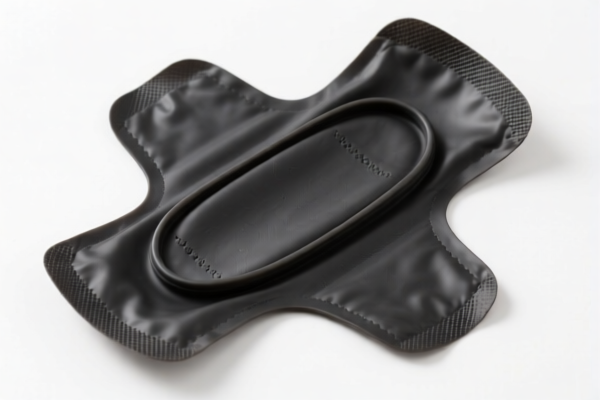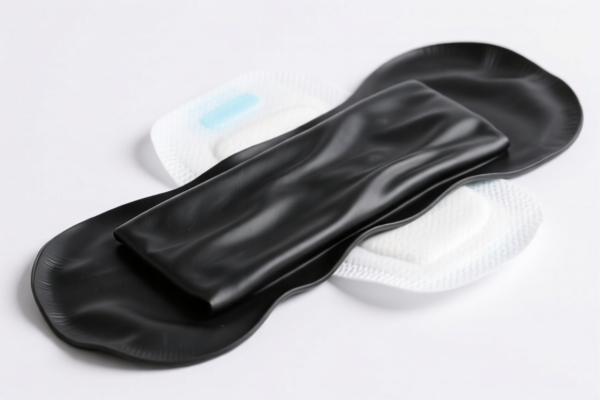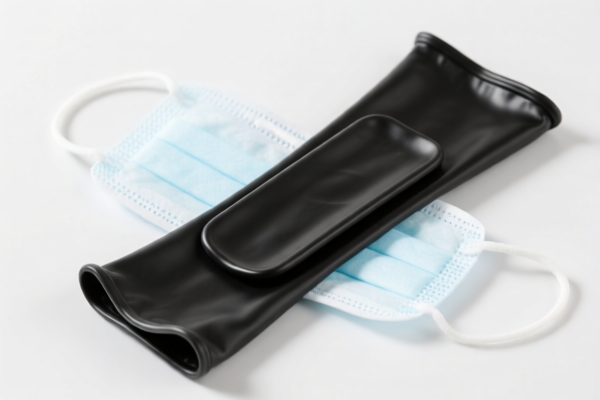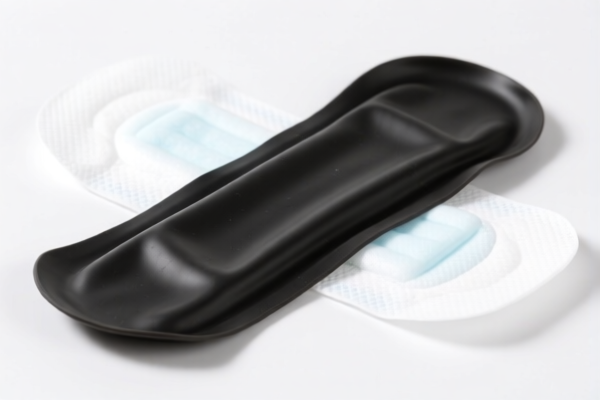| HS Code | Official Doc | Tariff Rate | Origin | Destination | Effective Date |
|---|---|---|---|---|---|
| 4016910000 | Doc | 57.7% | CN | US | 2025-05-12 |
| 4008210000 | Doc | 55.0% | CN | US | 2025-05-12 |
| 4008294000 | Doc | 57.9% | CN | US | 2025-05-12 |
| 3915900090 | Doc | 55.0% | CN | US | 2025-05-12 |
| 3915900010 | Doc | 55.0% | CN | US | 2025-05-12 |
| 6304996040 | Doc | 33.2% | CN | US | 2025-05-12 |
| 6305900000 | Doc | 43.7% | CN | US | 2025-05-12 |
| 6305900000 | Doc | 43.7% | CN | US | 2025-05-12 |




Rubber Mat
A rubber mat is a versatile protective covering typically manufactured from natural or synthetic rubber, offering a range of functionalities based on its composition and design.
Material
Rubber mats are primarily constructed from various rubber compounds:
- Natural Rubber (NR): Derived from the latex of rubber trees, NR mats exhibit high elasticity, resilience, and tear resistance. They are often used in applications requiring strong grip and flexibility.
- Styrene-Butadiene Rubber (SBR): A synthetic rubber known for its abrasion resistance and cost-effectiveness. SBR mats are common in general-purpose applications.
- Nitrile Rubber (NBR): Possesses excellent resistance to oils, fuels, and chemicals. NBR mats are frequently used in industrial settings and automotive applications.
- Ethylene Propylene Diene Monomer (EPDM): Exhibits superior resistance to weathering, ozone, and UV radiation. EPDM mats are ideal for outdoor use and applications requiring long-term durability.
- Neoprene (Polychloroprene): Offers good resistance to chemicals, oils, and heat, alongside moderate resistance to weathering.
Purpose & Function
The core function of a rubber mat is to provide a protective layer, offering benefits such as:
- Slip Resistance: The textured surface enhances friction, reducing the risk of slips and falls.
- Impact Absorption: Rubber’s inherent elasticity cushions impacts, protecting underlying surfaces and reducing noise.
- Vibration Dampening: Reduces noise and vibration transmission.
- Floor Protection: Shields floors from scratches, dents, and wear.
- Insulation: Provides thermal and electrical insulation.
- Containment: Can contain spills and debris.
Usage Scenarios
Rubber mats find applications across diverse sectors:
- Industrial: Anti-fatigue mats for workstations, safety mats in machinery areas, and entrance mats to trap dirt and debris.
- Commercial: Entrance mats in retail spaces, lobby mats, and mats in high-traffic areas.
- Automotive: Floor mats for vehicles, trunk liners, and mats for garages.
- Residential: Doormats, kitchen mats, bathroom mats, and gym mats.
- Construction: Anti-slip mats for scaffolding, and protective mats for sensitive surfaces.
- Healthcare: Anti-fatigue mats for medical staff, and mats in patient areas.
Common Types
- Anti-Fatigue Mats: Designed with cushioning to reduce strain on feet and legs during prolonged standing.
- Entrance Mats: Heavy-duty mats designed to trap dirt, water, and debris from footwear. Often feature scraper bars or ribbed patterns.
- Anti-Slip Mats: Feature aggressive textures for enhanced grip, commonly used in industrial and commercial settings.
- Diamond Plate Mats: Mimic the appearance of diamond plate metal, offering a durable and slip-resistant surface.
- Interlocking Mats: Modular mats that can be easily assembled to cover large areas.
- Logo Mats: Custom-printed mats with logos or branding messages, often used in commercial entrances.
- Horse Stall Mats: Thick, durable mats providing cushioning and traction for horses in stables.
- Gym Mats: Provide cushioning and support for exercise and fitness activities.
Rubber mats fall under articles of vulcanized rubber, often used for flooring and protective surfaces. Here's a breakdown of relevant HS codes based on the provided information:
-
4016910000: This HS code covers “Other articles of vulcanized rubber other than hard rubber: Other: Floor coverings and mats”.
- 40: Chapter 40 relates to rubber and articles thereof.
- 16: Heading 16 specifically covers vulcanized rubber other than hard rubber.
- 91: Subheading 91 denotes “Other” articles within this category.
- 0000: Further specifies “Floor coverings and mats”. This is a direct match for rubber mats. The total tax rate is 57.7%, comprising a 2.7% base tariff, a 25.0% additional tariff, and a 30.0% additional tariff applicable after April 2, 2025.
-
4008210000: This HS code covers “Plates, sheets, strip, rods and profile shapes, of vulcanized rubber other than hard rubber: Of noncellular rubber: Plates, sheets and strip”.
- 40: Chapter 40 relates to rubber and articles thereof.
- 08: Heading 08 specifically covers plates, sheets, strip, rods and profile shapes of vulcanized rubber other than hard rubber.
- 21: Subheading 21 denotes “Of noncellular rubber”.
- 0000: Further specifies “Plates, sheets and strip”. If the rubber mat is manufactured as a sheet and then cut to size, this code may be applicable. The total tax rate is 55.0%, comprising a 0.0% base tariff, a 25.0% additional tariff, and a 30.0% additional tariff applicable after April 2, 2025.
-
4008294000: This HS code covers “Plates, sheets, strip, rods and profile shapes, of vulcanized rubber other than hard rubber: Of noncellular rubber: Other: Other”.
- 40: Chapter 40 relates to rubber and articles thereof.
- 08: Heading 08 specifically covers plates, sheets, strip, rods and profile shapes of vulcanized rubber other than hard rubber.
- 29: Subheading 29 denotes “Of noncellular rubber”.
- 40: Further specifies “Other”. This code may be applicable if the rubber mat doesn't fall neatly into the "Plates, sheets and strip" category. The total tax rate is 57.9%, comprising a 2.9% base tariff, a 25.0% additional tariff, and a 30.0% additional tariff applicable after April 2, 2025.
It is important to determine the precise composition and manufacturing process of the rubber mat to select the most accurate HS code.
Customer Reviews
No reviews yet.